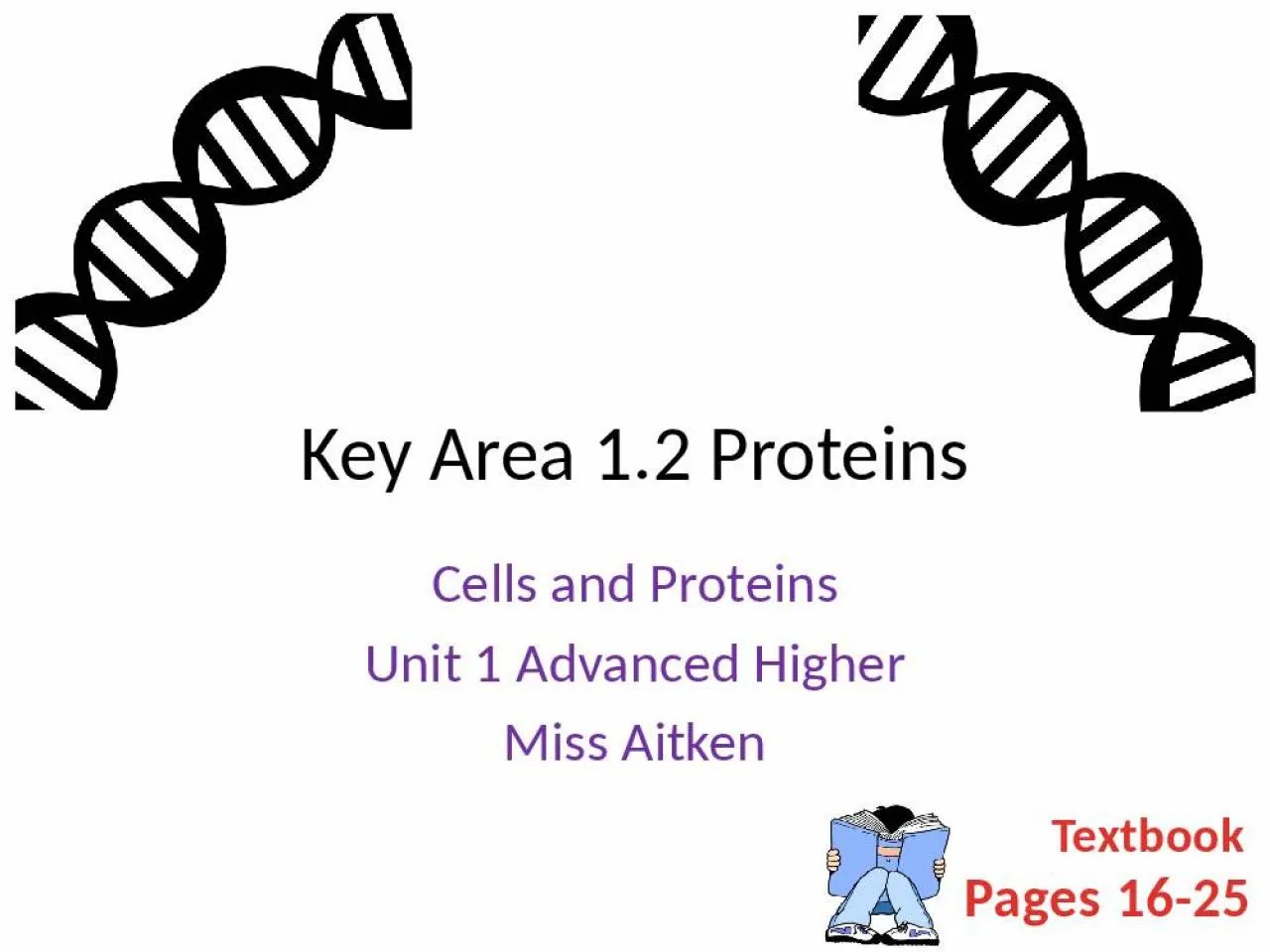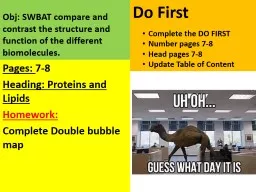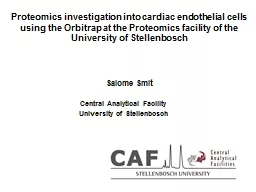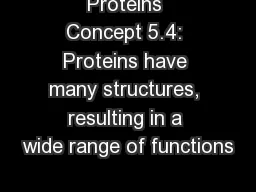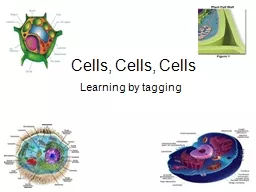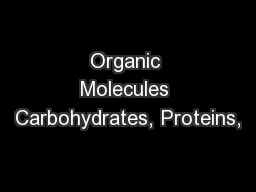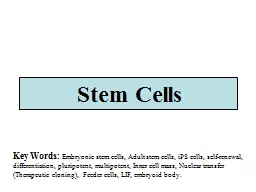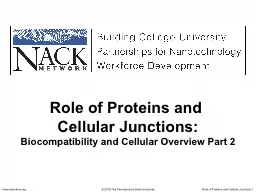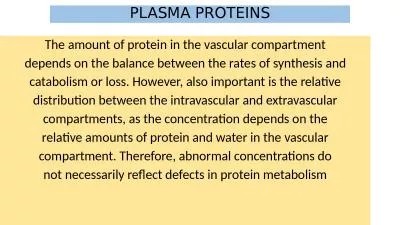PPT-Key Area 1.2 Proteins Cells and Proteins
Author : belinda | Published Date : 2024-07-04
Unit 1 Advanced Higher Miss Aitken Pages 1625 Textbook Proteomics Genome complete set of DNA Comprises of coding and noncoding areas 2025000 genes in human genome
Presentation Embed Code
Download Presentation
Download Presentation The PPT/PDF document "Key Area 1.2 Proteins Cells and Proteins" is the property of its rightful owner. Permission is granted to download and print the materials on this website for personal, non-commercial use only, and to display it on your personal computer provided you do not modify the materials and that you retain all copyright notices contained in the materials. By downloading content from our website, you accept the terms of this agreement.
Key Area 1.2 Proteins Cells and Proteins: Transcript
Download Rules Of Document
"Key Area 1.2 Proteins Cells and Proteins"The content belongs to its owner. You may download and print it for personal use, without modification, and keep all copyright notices. By downloading, you agree to these terms.
Related Documents

